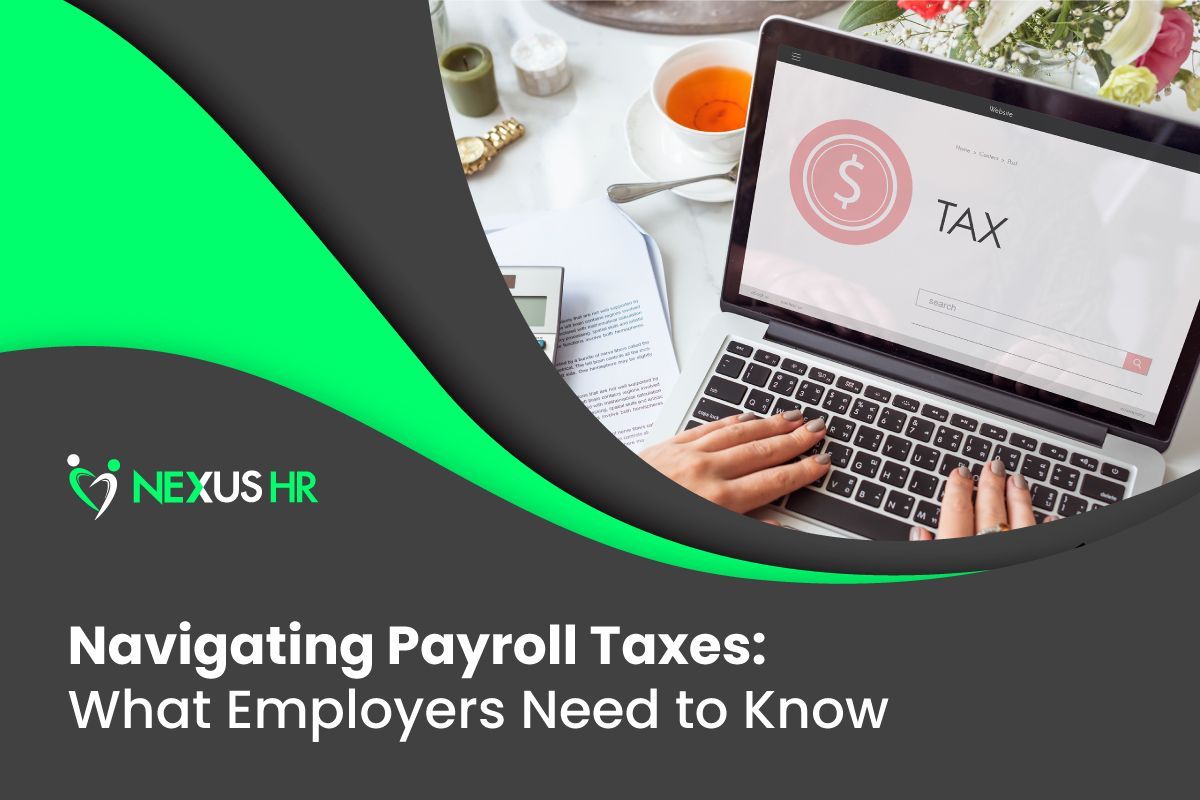5 Types of Difficult Employees and How to Deal with Them
One bad apple spoils the bunch.
When you’ve had to deal with a difficult employee on your team, this centuries-old saying makes so much sense!
Negative employee traits are highly contagious and ultimately breed an unfavorable work environment. They lower employee morale, create division within the organization, and ruin overall productivity. A few “bad apples” can definitely spoil the workplace culture you worked so hard to establish.
Unfortunately, difficult employees are hard to spot, too. Not only do their discouraging traits typically show up after they’re hired, but they also come in different shapes and sizes.
5 Types of Difficult Employees

When you hear “difficult employee,” you probably imagine someone rude, belligerent, and hell-bent on taking the company down. While that certainly is an image of a difficult employee, toxic employees can take different forms.
Here are five common types of difficult employees:
1. The Aggressive
The Aggressive is often an overly confrontational type A performer who won’t stop until they achieve their goal, even at the expense of the people they work with.
The Aggressive is not just outspoken about their ideas; they’re also unafraid to use combative, rude, and condescending ways to get their point across. Not only does this behavior put colleagues down, it can also undermine your authority as a leader.
2. The Passive Aggressive
Snarky, disingenuous, and dismissive, the Passive Aggressive avoids direct confrontation and instead expresses their opposition or discontent indirectly.
The Passive Aggressive can resort to eye-rolls, backhanded remarks, feigned confusion, and procrastination. Passive aggression is insidious and, when left unaddressed, can quietly seep into and fester in work and communication dynamics.
3. The Gatekeeper
Often driven by the need to be indispensable in the workplace, the Gatekeeper hoards and hides any work-related knowledge they can get their hands on.
The Gatekeeper is the complete opposite of a team player. They keep the knowledge to themselves, even when it stunts employee growth, creates conflict, or hurts business productivity.
4. The One Who’s Always Right
The One Who’s Always Right believes they are the smartest person in the room. They don’t admit to needing any help and talk more than they listen.
The One Who’s Always Right doesn’t necessarily have an unpleasant disposition, but their inflated ego, lack of self-awareness, and disinterest in learning new things can get in the way of your team’s growth and expansion.
5. The Underperformer
The Underperformer is a team member who constantly fails to meet expectations at work. They don’t pull their weight around the office and don’t seem to be interested in doing anything about it, either.
Whether the Underperformer is unmotivated, unequipped, or simply lazy, having them in your organization can mean:
- Their colleagues have to pick up the slack, or
- Their colleagues take their cue and slack off, too.
How to Deal with Difficult Employees

Handling difficult employees is no easy feat, but you need to do it if you want to minimize the damage they do to your business. While there is no one-size-fits-all solution when dealing with difficult employees, here are five strategies to try:
1. Take a step back before addressing the issue.
Difficult employees aren’t born; they’re made. It’s important to realize that there’s a reason why employees act the way they do, and it helps to pause and have a look at what may be causing the undesirable attitude.
Does an over-competitive environment cause the Aggressive’s overly aggressive approach? Is there a lack of feedback from management? Is the team unknowingly encouraging their attitude?
By identifying the possible cause for the behavior, you can have the proper perspective and use the most effective approach to address the issue.
Instead of criticizing the Aggressive’s personality outright, you can let them know (privately) that while you appreciate their desire for excellence, it can hurt the rest of the team.
You can also reassign the Aggressive to tasks and projects where they can leverage their strengths and, simultaneously, limit damage to their colleagues.
Read More:
Tips for Managing Remote Employees
2. Listen to what they have to say.
Dealing with difficult employees can be incredibly frustrating—especially when you’re at the receiving end of passive-aggressive behavior day in and day out. It may be tempting to retaliate, but that won’t solve anything.
When the Passive Aggressive is making negative comments, don’t respond with sarcasm. Stay calm and emotionally neutral as you encourage them to speak their mind. Assure them you’re listening and that their opinions matter in the workplace.
According to Sankalp Chaturvedi, a professor of organizational behavior and leadership at Imperial College Business School, the job environment also plays a role in stirring up passive-aggressive behaviors among employees. If employees feel their needs are constantly ignored by management, the frustration could drive them to find ways to subtly act out.
Encourage open communication within your organization. Foster an environment where everyone feels free and safe to speak up. Most importantly, keep an open mind as you listen to what they say.
3. Encourage knowledge sharing.
Workplace toxicity doesn’t always stem from what people do, it can also develop from what people don’t do. A perfect example of this would be knowledge hoarding—when employees like the Gatekeeper refuse to share their work-related knowledge with other members of the organization.
Knowledge hoarding kills productivity and drives a wedge among staff members. Prevent knowledge gatekeeping by implementing policies that require and reward knowledge transfer.
Maybe you need to redesign your team’s onboarding, upskilling, and product training processes. You may have to start documenting work-related information in an organized system that your team can easily access and update.
You can also consider implementing mentor-mentee relationships in the workplace. This helps newer employees get the guidance they need while rewarding the more experienced employees with opportunities to grow their leadership and communication skills.
Make it easier to share knowledge than to hoard it by building a healthy knowledge-sharing culture in the company. That way, if the Gatekeeper leaves, they won’t take all the knowledge with them.
4. Be clear and specific about your feedback.
Giving transparent and honest feedback is a crucial part of dealing with difficult employees. This is especially true when it comes to members like the One Who’s Always Right, who may think they don’t need any.
“If you manage or mentor a know-it-all, you have an obligation to give them feedback,” advises career coach Priscilla Claman. “Let them know that their attitude is having a negative effect on their career.”
The feedback you give should ideally be:
- Continuous - Regular and timely feedback helps monitor progress and improve performance.
- Constructive - Instead of criticizing, give actionable feedback to build and improve your staff’s skills.
- Considerate - Consider your employee’s strengths, weaknesses, and current workload. Deliver your feedback with tact.
- Credible - Keep your feedback specific to accurate observations and not biased assumptions.
5. Work with them to create an action plan.
If there’s anything more frustrating than working with an Underperformer, it’s having a manager who doesn’t do anything about it.
When dealing with uncooperative employees, you’re going to need an action plan in place. Unless you come up with one, underperforming employees will just keep underperforming.
Start by investigating and identifying why the Underperformer is falling short. Do they understand what their responsibilities and expectations are? Are they fully equipped to do the job? Are they motivated to get it done?
Have a direct, respectful conversation with them. Ask good questions and avoid accusations. Stick to the facts. Let the Underperformer know what the job expectations are as well as the consequences of not meeting them.
According to Bailey Strategic Innovation Group President Eric M. Bailey, communication is not only about the manager stating expectations, it’s also about the employee understanding those expectations.
When you’ve clearly communicated expectations, work with your employee to devise an action plan to improve their performance. In addition to everything the Underperformer needs to work on, list down the things you can do on your end to help them meet their goal.
Ensure you document the action plan in writing, and plan out regular check-ins so you can work together and monitor progress.
Free Up Your Schedule with Nexus HR

Adverse traits are contagious in the workplace, but positive ones are, too! Be the change you want to see and lead by example.
If you want your employees to communicate clearly and confidently, they need to have an avenue to do that. They also need leaders who can sit down with them, listen, give constructive feedback, and help them grow out of their detrimental traits.
As a leader, it’s crucial to make time for your employees. Unfortunately, you can’t do that if you’re too busy handling staff recruitment and payroll tasks.
Free up your calendar by partnering with a full-service human resource solution like Nexus HR. By outsourcing HR administrative work to the experts, you can be more hands-on with your leadership and more effective in growing your organization.











